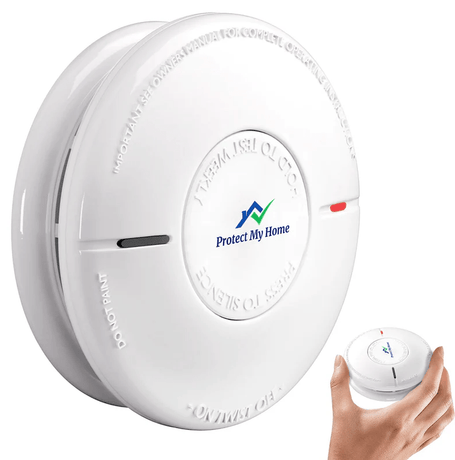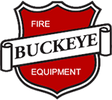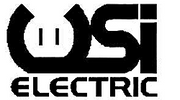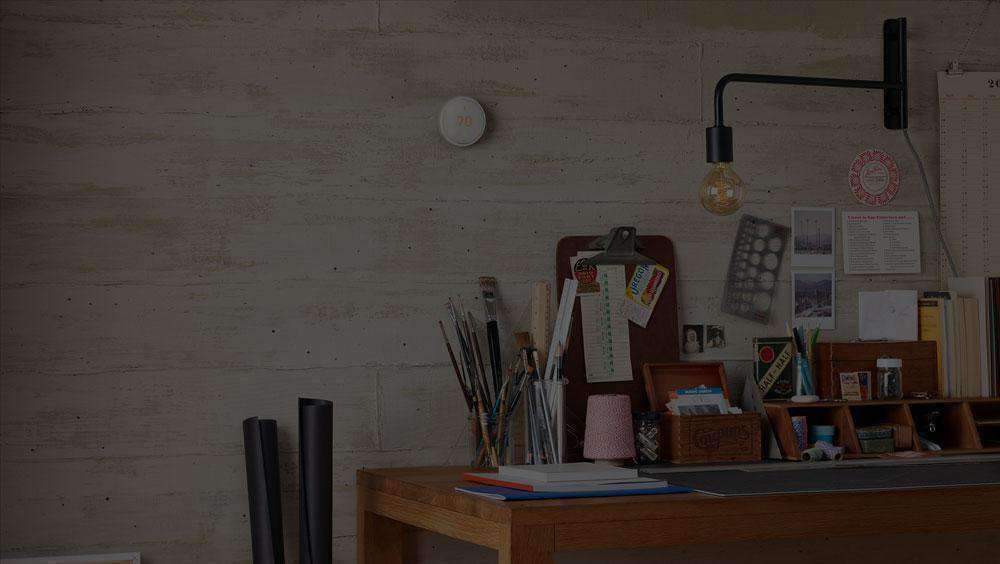- No products in the cart.
Carbon Monoxide Detector Placement: Where to Install for Maximum Safety
20
Feb
The Consumer Product Safety Commission, or CPSC, states proper carbon monoxide detector placement is vital to home safety. If you want to know where to place a carbon monoxide detector, it should be close to your family's sleeping area. The CPSC recommends installing carbon monoxide detectors on each level and in all bedrooms.
Carbon monoxide, or CO, is an odorless, colorless, flammable, and tasteless gas produced by burning fuels. It's essential to know the most common sources of carbon monoxide for appropriate maintenance and upgrades when necessary. The most common sources of carbon monoxide include:
- Boilers
- Camp stoves
- Chimneys or furnaces
- Clothes dryers
- Coal or charcoal
- Fireplaces
- Gas-powered lawn equipment or outdoor grills
- Kerosene
- Natural gas
- Oil
- Propane
- Stored wood pellets
- Water heaters
At high levels, carbon monoxide can cause death. It can be deadly indoors since CO levels can be much higher in confined spaces than outside. Today’s energy-efficient homes save homeowners money. However, insulation, weatherproofing, and window sealant make homes more airtight, and carbon monoxide detectors are necessary. Keep your family safe with a carbon monoxide detector for home usage from Wholesale Home.
What is Carbon Monoxide, and Why Is It Dangerous?
Carbon monoxide exposure to CO can cause serious medical problems for people with existing health issues. Carbon monoxide is dangerous because it binds to hemoglobin in the blood and interferes with oxygen delivery to the body's organs. Carbon monoxide poisoning is a life-threatening condition caused by inhaling CO fumes and is often called the "silent killer." Common symptoms of carbon monoxide are shortness of breath, nausea, and a slight headache. In severe cases, a person may have these symptoms:
- Chest pains
- Lack of muscle coordination
- Losing consciousness
- Mental confusion
- Nausea, vomiting, upset stomach
- Severe headache
- Weakness or dizziness
Carbon monoxide detectors throughout your home immediately alert you if you have a CO leak. When high concentrations of CO are present, carbon monoxide poisoning can occur in less than five minutes. Call 911 and get outside or stay close to an open window.
Types of Carbon Monoxide Detectors
- Battery-powered detectors
- Hardwired detectors
- Smart/connected detectors
Battery-powered detectors are a flexible option for homeowners who want to set up and install their CO detectors without any electrical wiring. The electrochemical sensor can detect carbon monoxide and sounds an alert so you can get to safety. Battery-operated detectors plug into any wall outlet. The battery should be changed twice yearly.
Battery-operated CO detectors are easy to install, affordable, and will operate during power outages. However, battery-operated models may be less effective when they are unplugged to move to another location. Most batteries have to be replaced every three to five years.
Hardwired carbon monoxide detectors use electrochemical sensing technology that can protect you from dangerous carbon monoxide. The alarm activates when attached to the mounting bracket. It chirps when it's time to replace the hardwired CO detector alarm. Carbon monoxide detectors are manufactured with a sealed lithium battery that ensures ten years of continuous power. Hardwired CO detectors may last up to ten years, but you must hardwire them into your electrical system.
The primary difference between smart/connected CO detectors and traditional models is they integrate with home automation systems and allow you to get real-time alerts on your smartphone. Some models may provide voice alerts. You can feel secure knowing you have home monitoring 24 hours a day. If you choose a smart/connected CO model, expect to pay more than you would for other systems.
Best Practices for Carbon Monoxide Detector Placement
Where to Place Carbon Monoxide Detectors:
Carbon monoxide is less dense than air and rises faster. The Environmental Protection Agency recommends installing carbon monoxide detectors at least five feet from the floor or on the ceiling. The best place for a carbon monoxide detector includes:
- In or outside each sleeping area in your home
- In hallways
- On each floor of your home, including the basement
- Inside an attached garage
-
Near fuel-burning appliances
A CO detector in the garage should be placed at least ten feet from the door. If you have a room above your garage, you should install a carbon monoxide detector. If you're only installing one CO detector, it should be placed near the sleeping area with an alarm loud enough to wake everyone if there's a gas leak.
How Far Should Carbon Monoxide Detectors Be from Appliances?
It's essential to place CO detectors in locations that won't cause a false alarm. Your carbon monoxide detectors should always be placed at least 15 to 20 feet from gas stoves, furnaces, cooking appliances, and fireplaces. Gas-burning appliances contain trace amounts of carbon monoxide and could set off a false alarm.
Important:
CO detectors should always be placed at eye level or on the ceiling, depending on the instructions of the manufacturer.
Additional Tips for Maximizing Safety
- You should always keep your carbon monoxide detectors away from children and pets.
- If possible, combine your CO detectors with smoke detectors.
- Air circulation in your home may dilute the CO levels. Avoid placing detectors close to fans, air vents, or windows.
- Humidity can interfere with the function of a CO detector. You should avoid placing them near open windows, sunny spots, or kitchens or bathrooms.
- If you install battery-operated CO detectors, check the batteries frequently.
- If you're moving into a new home and installing CO detectors, they should be interconnected to sound an alarm simultaneously.
For your family's safety, installing carbon monoxide detectors in the proper locations is essential. A CO detector should be installed in each bedroom and outside the sleeping areas. You should also install one on each floor, including your basement, and in an attached garage. If your CO detector sounds an alarm, immediately open doors and windows and shut off any fuel-burning appliances. Get your family members, including pets, out of your house and call 911.
To purchase a reliable carbon monoxide detector for home safety, visit our website. We’re proud to offer quality products at wholesale products. If you have any questions, please contact us at 201-351-1900.





































